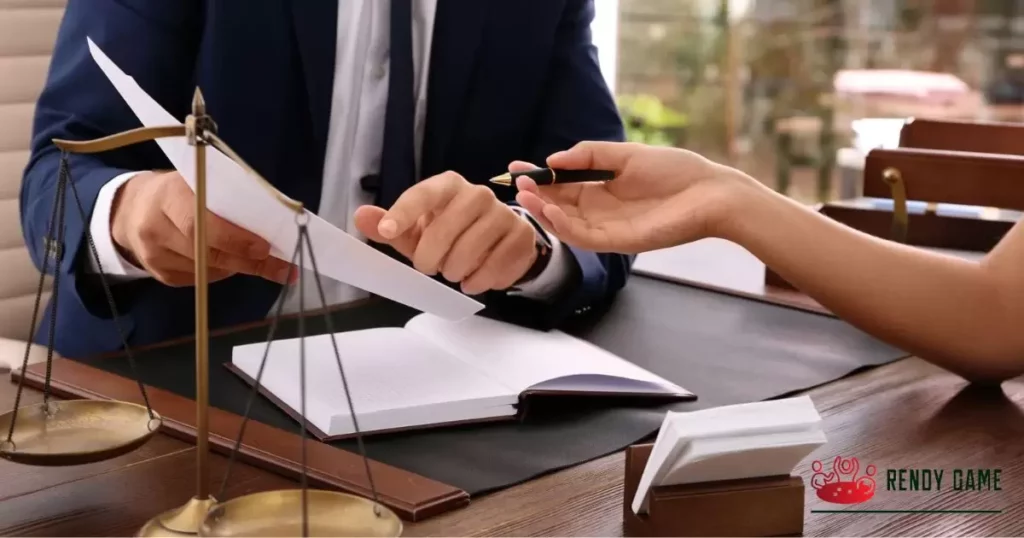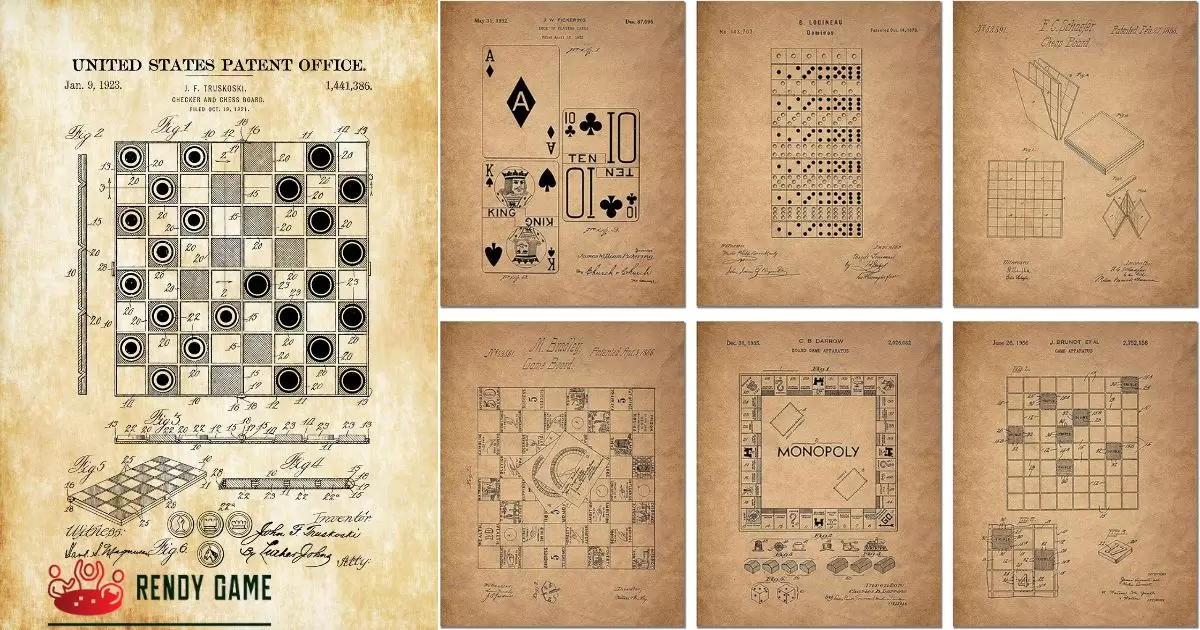Board game patenting involves legally protecting the unique elements of a board game, ensuring that others can’t reproduce or profit from the same concept. This process secures the rights to the game’s design, mechanics, or specific components, granting exclusive rights to the inventor or creator.
The question, How much does it cost to patent a board game? often sparks curiosity among game creators eager to safeguard their innovative ideas. The cost varies based on factors like the complexity of the game, legal fees, and the region where you seek patent protection.
The cost to patent a board game can range from a few hundred to several thousand dollars. Factors influencing the cost include lawyer fees for drafting and filing the patent application, government filing fees, and additional expenses related to any revisions or legal consultations required throughout the process.
Can You Patent a Board Game?
Yes, board games can be patented. Board game patenting involves securing the unique aspects of your game, be it its mechanics, design, or components, to prevent others from replicating or profiting from your original creation. Patents offer legal protection, granting exclusive rights to the inventor or creator.
It’s essential to note that not all games might meet the criteria for patentability. To qualify, your board game must exhibit novelty, nonobviousness, and usefulness. Novelty refers to being different from existing games, while nonobviousness means the game’s concept isn’t straightforward or obvious. Demonstrating these qualities is crucial when seeking a patent for your board game.
How Do I Patent a Board Game?
Patenting a board game involves several key steps. First, conduct thorough research to ensure your game idea hasn’t been patented before. Then, document every aspect of your game’s design, mechanics, and unique features. Once you’re certain about the novelty and originality of your game, seek legal guidance from a patent attorney or agent experienced in intellectual property law.
They’ll assist in drafting and filing a patent application. This process involves describing the game in detail and explaining its innovative aspects. It’s essential to ensure accuracy and clarity in your application to increase the chances of successful patent approval. After filing, be prepared for potential revisions or inquiries from the patent office before your game patent is granted.
Factors Influencing Board Game Patent Costs
The complexity of your board game significantly influences patent costs. A game with intricate mechanics or unique elements may require more detailed documentation and legal work, increasing overall expenses.
The scope of protection sought affects costs filing for patents in multiple countries escalates expenses due to varied filing fees and legal requirements across jurisdictions. Furthermore, the experience and expertise of the legal professionals engaged for patenting contribute to cost fluctuations.
Breaking Down the Cost Elements

Patenting a board game involves several cost components. Initial expenses include legal consultation fees for understanding patent requirements and drafting the application. Filing fees charged by government bodies also form a significant portion of the cost.
Ongoing expenses may arise for any revisions needed in the patent application or additional legal support. Professional illustrations or prototypes required for patent documentation also contribute to the overall cost. Understanding these elements helps in budgeting and planning for the patenting process.
Legal Steps in Patenting a Board Game
The process begins with conducting a thorough search to ensure the game idea is unique and not already patented. Then, a detailed documentation of the game’s mechanics, design, and components is prepared for the patent application.
The next step involves filing the application with the relevant patent office, which entails adhering to specific legal guidelines and paying the requisite fees. Once filed, the application undergoes examination, during which additional documentation or clarifications might be requested.
If approved, the patent is granted, providing exclusive rights to the game’s creator for a specified duration. Engaging legal experts to navigate these steps ensures compliance and increases the chances of a successful patent application.
Consultation and Legal Expertise
When considering patenting a board game, seeking legal advice is crucial. Lawyers specialized in intellectual property can provide guidance on the patenting process, the required documentation, and potential costs involved. Their expertise helps in understanding the intricacies of patent law, ensuring that your board game receives comprehensive protection.
Initial consultations often involve discussing the game’s unique aspects, potential patentability, and the steps involved in the application process. Throughout this stage, lawyers offer insights into the various costs associated with patenting, allowing creators to plan their budget effectively.
Regional Variances in Patent Costs
Patent costs for board games can significantly differ based on geographic regions. Various countries have distinct patenting systems and fee structures. For instance, the cost of filing a patent in the United States may vary from that in Europe or Asia.
| Region | Filing Fee (Approximate) |
| United States | $70 to $300 |
| Europe | €1,000 to €2,500 |
| Japan | ¥40,000 to ¥300,000 |
These figures only represent the filing fees and do not encompass other costs, such as legal fees or maintenance fees, which also vary across regions. Exploring these regional variances helps creators make informed decisions on where and how to pursue patent protection for their board games.
Budgeting Strategies for Patent Expenses
When considering patent expenses for board games, strategic budgeting is key. Begin by researching typical costs associated with patenting processes. Consulting legal experts for estimates can help set a realistic budget. Break down expenses into categories legal fees, filing costs, and any additional fees for amendments or consultations.
Consider the complexity of your game, it often correlates with the costs. Establish a contingency fund for unforeseen expenses or modifications to the patent application. Regularly reassess the budget as you progress through the patenting process.
Alternative Protection Methods for Board Games
Patenting isn’t the only route to protect your board game. Copyrights can safeguard the game’s artistic and creative elements, while trademarks can protect logos or brand names associated with the game. Nondisclosure agreements (NDAs) can be used when pitching or discussing your game with potential partners or investors.
Keeping detailed records of your game’s development can serve as evidence in case of infringement disputes. Utilizing a combination of these methods can offer comprehensive protection for your board game, often at a fraction of the cost of patenting.
CostBenefit Analysis of Patenting
When considering the cost of patenting a board game, it’s vital to weigh the expenses against the potential benefits. Patents offer exclusive rights, preventing others from copying your game, which can be invaluable in the competitive gaming market. The costs involved, including legal fees and government filing expenses, can be substantial.
Conducting a cost benefit analysis, such as evaluating potential earnings from the game against the expenses of patenting, is crucial in decision-making. The costs, particularly for games with shorter lifespans, raising questions like where’s the beef board game to ensure a strategic approach to investment.
Realistic Expectations and Future Considerations
Setting realistic expectations when patenting a board game is essential. The process doesn’t guarantee automatic success or profitability. Even with a patent, market reception, marketing efforts, and competition play significant roles in a game’s success. Patents have expiration dates, after which the game design becomes public domain, potentially impacting long term returns on investment.
Future considerations involve understanding that patenting is just one aspect of protecting intellectual property. Copyrights, trademarks, or trade secrets might complement patent protection. Continual innovation, adaptation to market changes, and building a strong brand are equally crucial for sustaining a board game’s success beyond patenting.
FAQs
Can I patent a board game design?
Yes, you can patent a board game design if it meets the criteria of novelty, nonobviousness, and usefulness.
How much does it cost to patent a board game?
The cost to patent a board game varies widely, ranging from a few hundred to several thousand dollars, influenced by factors like complexity, legal fees, and geographic location.
Do patents protect board game mechanics?
Yes, patents can protect board game mechanics, granting exclusive rights to the inventor or creator and preventing others from replicating those mechanics without permission.
Are there alternatives to patenting a board game?
Yes, alternatives like copyright protection and trademarking elements of the game, such as the name or logo, offer different forms of legal safeguarding for board games.
Conclusion
The cost benefit analysis of patenting a board game should involve a comprehensive evaluation of expenses versus potential gains. Realistic expectations must be set regarding the role of patents in ensuring success and longevity in the gaming industry.
While patents offer protection, they might not guarantee commercial success alone. Considering future aspects beyond patents, such as branding, innovation, and evolving market dynamics, is vital for sustained success in the competitive board game market.

